Dozens of people rallied outside the Michigan headquarters of WK Kellogg Co. Tuesday, demanding that the company remove artificial dyes from its breakfast cereals in the U.S.
Kellogg, the maker of Froot Loops and Apple Jacks, announced nearly a decade ago that it would remove artificial colors and ingredients from its products by 2018.
The company has done that in other countries. In Canada, for example, Froot Loops are colored with concentrated carrot juice, watermelon juice and blueberry juice. Natural colors are also used in Australia and the United Kingdom. But in the U.S., the cereal still contains artificial colors and BHT, a chemical preservative.
On Tuesday, activists said they were delivering petitions with more than 400,000 signatures asking WK Kellogg to remove artificial dyes and BHT from their cereals. Protesters said there was evidence that artificial dyes can contribute to behavioral issues in children.
“I’m here for all the mothers who struggle to feed their kids healthy food without added chemicals,” said Vani Hari, a food activist who previously pressured Kraft Heinz to remove artificial dyes from its macaroni and cheese.
The U.S. Food and Drug Administration says it has reviewed and evaluated the effects of color additives on children’s behavior but believes that most children have no adverse effects when consuming them.
Battle Creek, Michigan-based WK Kellogg — a cereal maker which became a separate company last year when its snack division was spun off to form Kellanova — said Tuesday that its foods are safe and all of its ingredients comply with federal regulations.
“Today, more than 85% of our cereal sales contain no colors from artificial sources,” the company said in a statement. “We continuously innovate new cereals that do not contain colors from artificial sources across our biggest brands, offering a broad choice of nourishing foods for our consumers.”
Kellogg said it announced its plan to remove artificial colors and ingredients almost a decade ago because it believed customers were seeking foods with natural ingredients and would welcome the change. But the company said it found that consumer preferences differed widely across markets.
“For example, there is better reception to our cereal recipes that utilize natural-color alternatives within the Canadian market than in the U.S.,” the company said.
Still, Kellogg may have to reconsider. Last month, Democratic Gov. Gavin Newsom of California signed a bill banning six food dyes from food served in the state’s public schools, making it the first state in the U.S. to take such a step.
California’s law bans four of the dyes now used in Froot Loops: Red Dye No. 40, Yellow Dye No. 5, Yellow Dye No. 6 and Blue Dye No. 1.
(AP)

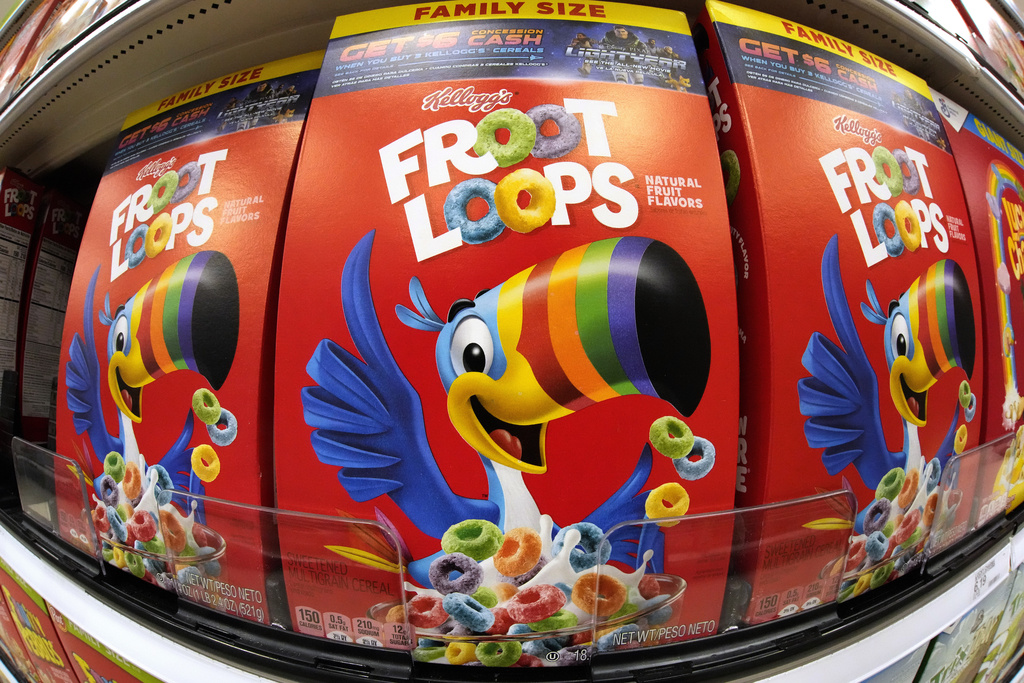

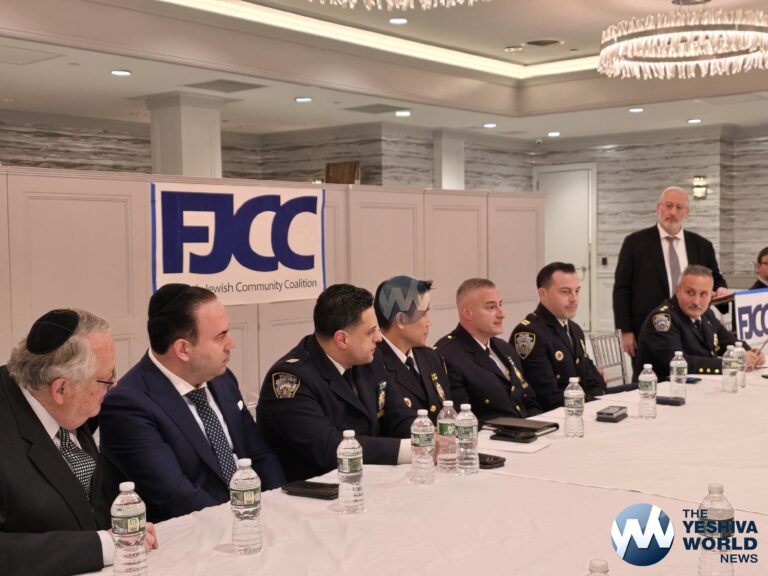

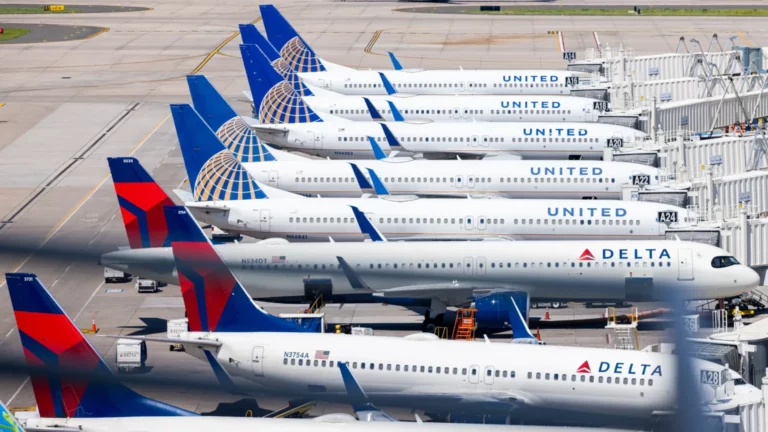
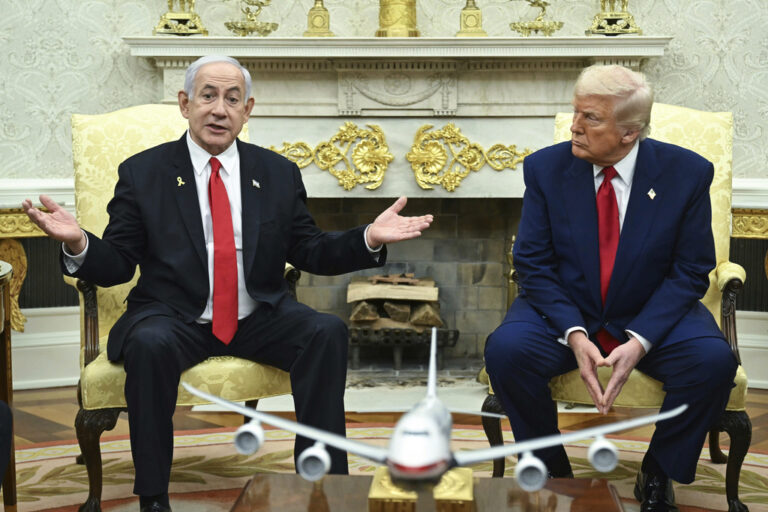
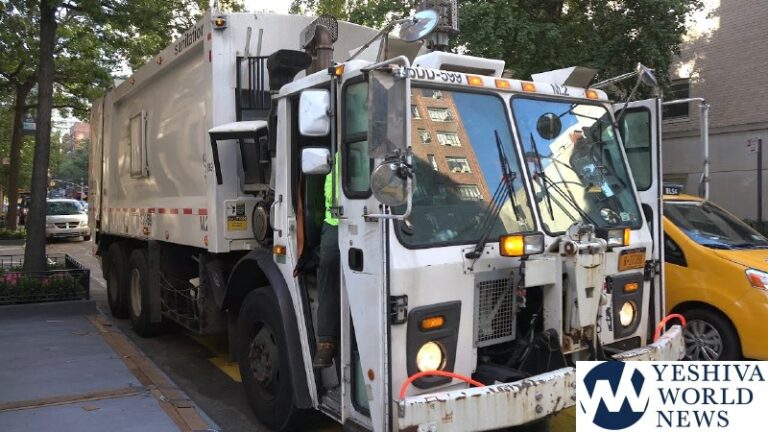
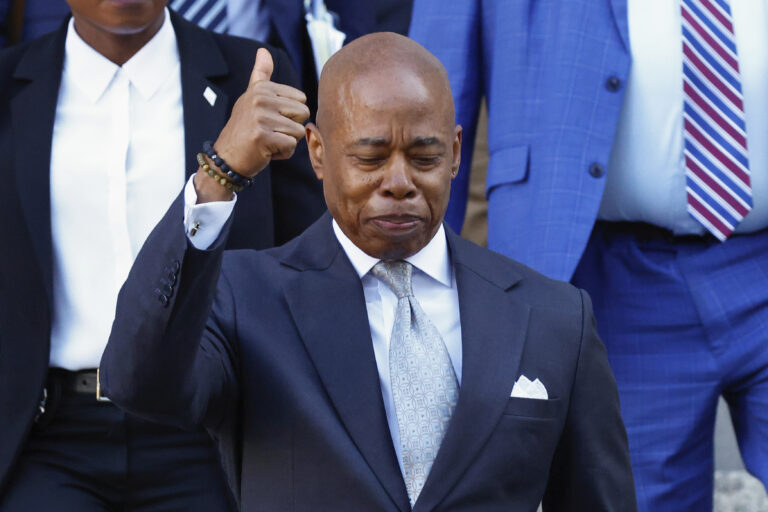



3 Responses
Why don’t those protesting stop buying “Fruit Loops”.
The answer is that they aren’t customers to begin with, and the actual customers are happy with the artificial flavors, and may turn to other products if the company changes the formula.
Letting your children eat that garbage is blatant child abuse.
“The U.S. Food and Drug Administration says it has reviewed and evaluated the effects of color additives on children’s behavior but believes that most children have no adverse effects when consuming them.” This is because the FDA (and other agencies) are ‘bought’ — professing research that pleases big business. Also, there board and other executives are mostly brought in from the food and pharmaceutical industries, and have no compunction to serve outside of these interests. Many are also still have stock options and other incentives from their former positions in industry, and this is where they have financial and other interests at heart.